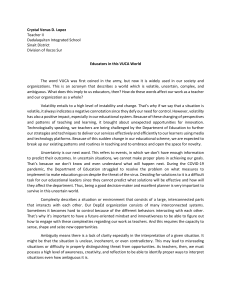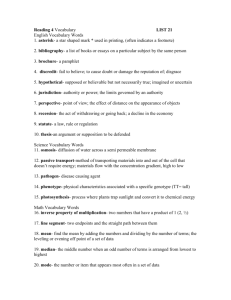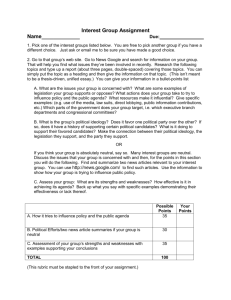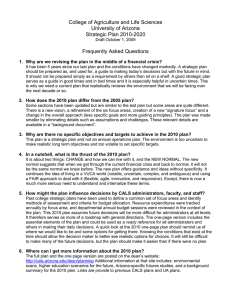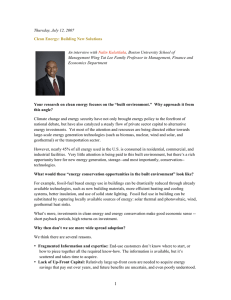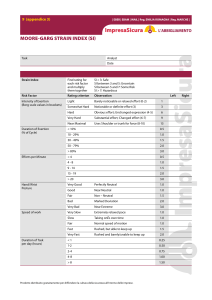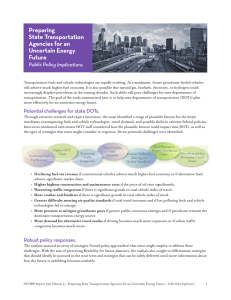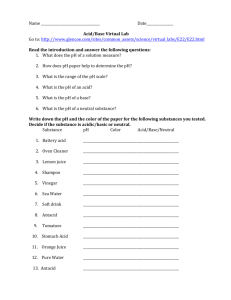Checklist, Neutral Zone, Bridges, VUCA
advertisement
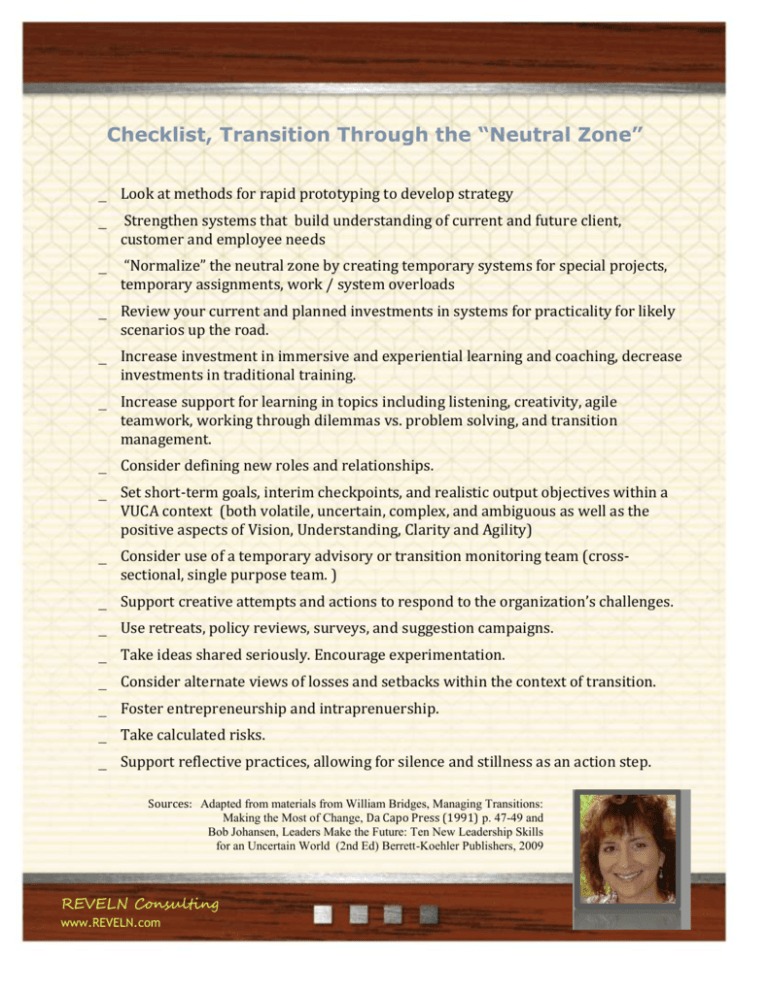
Checklist, Transition Through the “Neutral Zone” Look at methods for rapid prototyping to develop strategy Strengthen systems that build understanding of current and future client, customer and employee needs “Normalize” the neutral zone by creating temporary systems for special projects, temporary assignments, work / system overloads Review your current and planned investments in systems for practicality for likely scenarios up the road. Increase investment in immersive and experiential learning and coaching, decrease investments in traditional training. Increase support for learning in topics including listening, creativity, agile teamwork, working through dilemmas vs. problem solving, and transition management. Consider defining new roles and relationships. Set short-term goals, interim checkpoints, and realistic output objectives within a VUCA context (both volatile, uncertain, complex, and ambiguous as well as the positive aspects of Vision, Understanding, Clarity and Agility) Consider use of a temporary advisory or transition monitoring team (crosssectional, single purpose team. ) Support creative attempts and actions to respond to the organization’s challenges. Use retreats, policy reviews, surveys, and suggestion campaigns. Take ideas shared seriously. Encourage experimentation. Consider alternate views of losses and setbacks within the context of transition. Foster entrepreneurship and intraprenuership. Take calculated risks. Support reflective practices, allowing for silence and stillness as an action step. Sources: Adapted from materials from William Bridges, Managing Transitions: Making the Most of Change, Da Capo Press (1991) p. 47-49 and Bob Johansen, Leaders Make the Future: Ten New Leadership Skills for an Uncertain World (2nd Ed) Berrett-Koehler Publishers, 2009 REVELN Consulting www.REVELN.com Place Photo Here, Otherwise Delete
